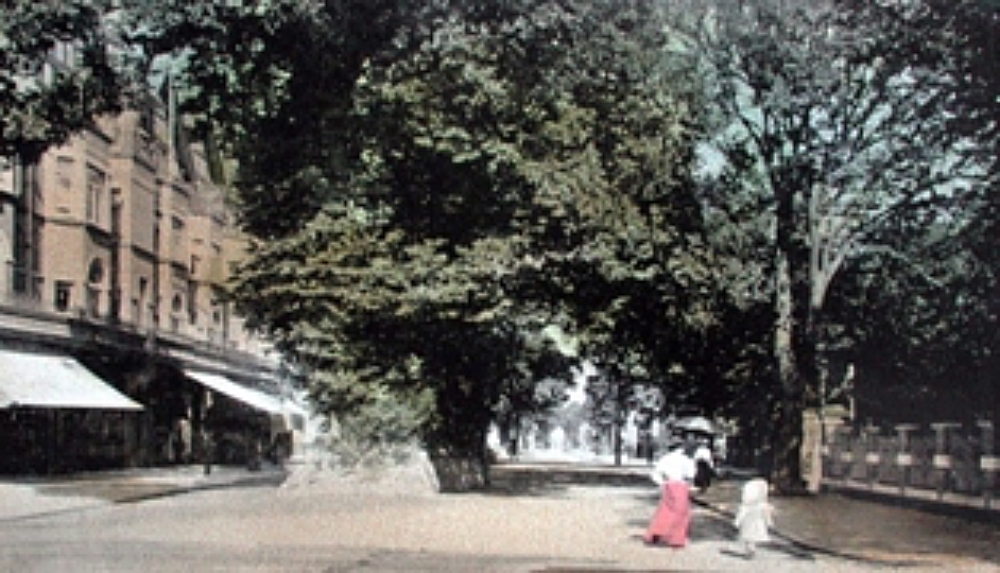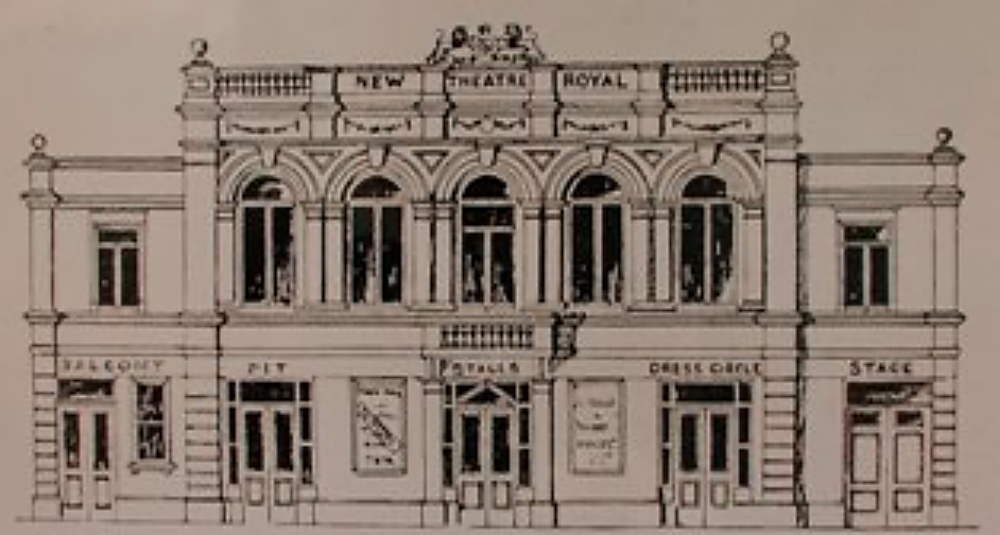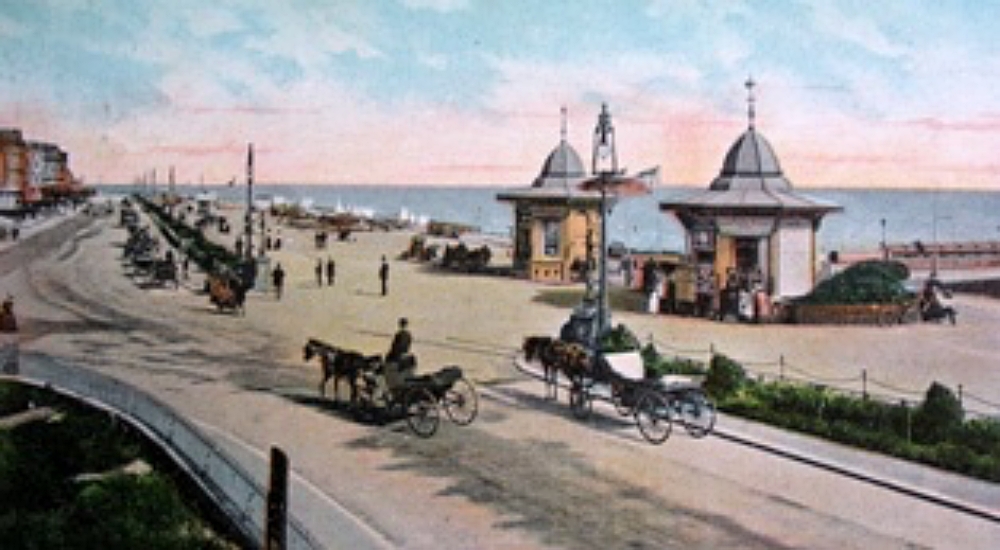Worthing from 1750
MODERN Worthing is built on ancient manorial lands that were among the earliest settled lands in England. All are specified with acreages and values in the Domesday Book of 1086.

They comprise the whole of the manors of Broadwater (Bradewatre), Worthing (Ordinges), Tarring (Terringes), Durrington (Derentune) and Goring (Garinges), plus parts of the manors of Findon (Findune), Lancing (Lancinges) and Sompting.
The history of “modern” Worthing began around the year 1750. It grew from a tiny fishing hamlet with a few cottages running down to the sea along Cross Street (now the Montague Street precinct), Warwick Street and a straggling High Street.
Its earliest development into “a favoured watering place” came with the construction of several streets and passages, lined by attractive Georgian houses and several commodious hotels and shops.
By 1803 it had grown sufficiently to justify local self-government and in that year an Act of Parliament was passed, incorporating a body of commissioners charged with the duty of “governing the town, paving and lighting the streets and passages and of setting up a police force.”
The Act declared that the hamlet of Worthing in the parish of Broadwater was thenceforth to be known as the Town of Worthing.
The first Board of Commissioners consisted of 60 leading townspeople (all listed by name in the Act) who were summoned to meet regularly in a pub called The Royal George, in Market Street.
Both pub and street were wiped off the town’s map to make way for the building of the Guildbourne Centre after World War Two.
The Worthing Commissioners continued to meet in The Royal George and in the commissioners’ own homes, until after the erection of the old Town Hall, in South Street, in 1834.
In area the new town was very small – a mere 794 acres. It extended from Lancing in the east to about Western Place. Its western boundary ran due north, past the site of Holy Trinity Church to the Teville Stream, now a road.
Its northern boundary was along the line, which now forms Teville Road, Newland Road and Chesswood Road, then southeasterly through the brooklands to Lancing.
This was the time that London society made it the fashion to visit Worthing in the summer months and they rented many furnished houses in the town. It only needed the visit in 1798 of Princess Amelia, of the Royal House of Hanover, to complete its popularity. Worthing had become “established.”
Even so, development was relatively slow. Not until August 1890 was Worthing and West Worthing (the parish of Heene) incorporated as a municipal borough by Royal Charter.
Previously (from 1865) West Worthing had been governed by a separate local authority, from offices known as the Commissioners Rooms, on the south side of Rowlands Road.
Administration of the town was transferred from the Local Board and the West Worthing Commissioners, to the Town Council. Total area of the new Borough was now 1,790 acres and the population 16,000.

Further expansion was now almost inevitable and in 1902 the Worthing Extension Order brought into the Borough the bulk of the parishes of Broadwater and West Tarring. The remaining parts were at first added to the adjacent rural districts but later became absorbed by the Borough.
That year, the population of the enlarged Borough was 20,015; its area 3,015 acres and the rateable value £134,000. Rates were 6s.8d in the £.
By the time World War One broke out 12 years later, Worthing’s population had shot up by 50 per cent and the rateable value almost doubled. The town now had 46 miles of public highways, flanked by 6,700 houses.
It was fast becoming an extremely attractive place of residence for retired business and professional men and hundreds of pleasant houses with delightful gardens had been erected to meet this demand.
One man was to guide the development of Worthing along these lines for the next 28 years.
J. Kennedy Allerton, as he was always known (his first name was John, but in his job as Worthing’s Town Clerk he only ever used his initial) has been dubbed “the architect and builder of modern Worthing.”
He certainly played a key role in the town’s development between the two World Wars. By the time he retired in 1941, Worthing had grown out of all recognition.
The 46 miles of roads and streets had stretched to 90 miles, the area of the borough to 8,635 acres. Nearly 800 council houses had been built, bringing the total number of houses in the town to 19,500.
The area of Corporation-owned land had been expanded from 70 acres to more than 1,000 acres. The value of Corporation-owned properties had risen from £250,000 to £1,841,701. Rateable value of the town had grown to over £1,000,000 and the rate was 9s.2d in the £.

There was, however, what many considered to be a downside to all this development.
The town was still approached on all sides (except, of course, the south) by winding and picturesque roads, overhung with fine trees.
These roads were all extremely narrow and though just about adequate for the light and slow moving traffic of the time, were totally inadequate to meet the dense and fast moving traffic of the motor age that was only now beginning.